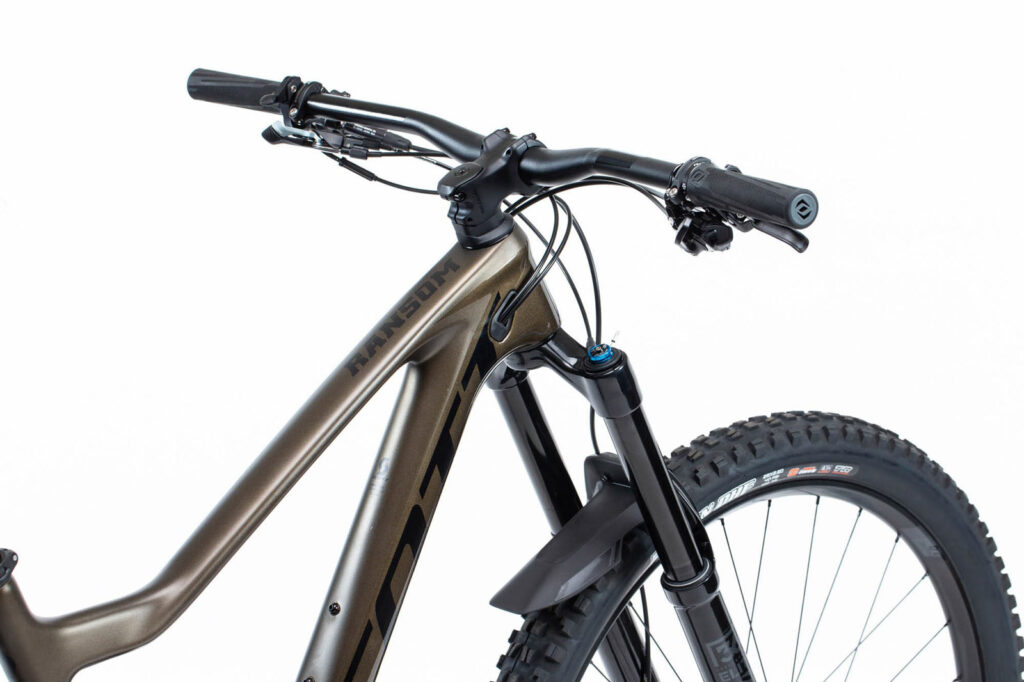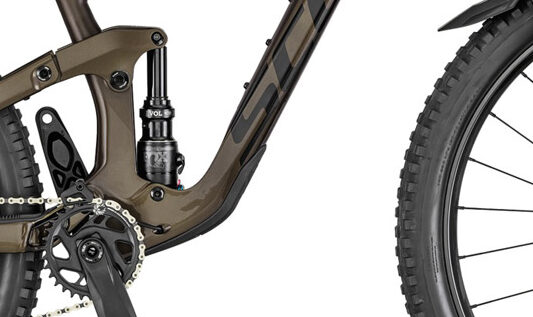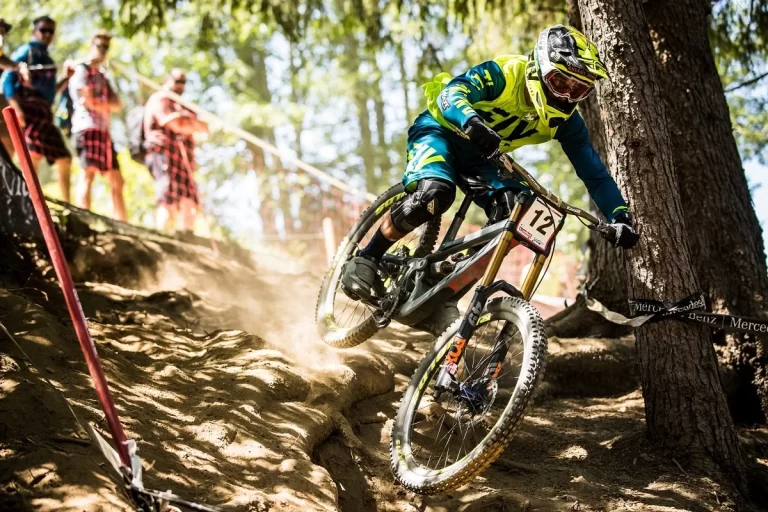Downhill Durability: Maintenance Routine for Downhill Mountain Bikes

Key Point Summary of Maintenance Routine for Downhill Mountain Bikes:
- Regular Cleaning: Essential to prevent dirt build-up that can wear down components.
- Drivetrain Maintenance Routine: Keeping the chain, cassette, and derailleurs clean and lubricated is crucial for performance.
- Brake Checks: Regular inspection and maintenance routine of brake pads, rotors, and fluid for reliable stopping power.
- Suspension Service: Suspension components require periodic servicing to maintain optimal performance and longevity.
- Tire Inspection and Pressure: Regular checks for wear and proper inflation to ensure grip and prevent punctures.
- Bolt Tightness and Frame Inspection: Ensuring all bolts are secure and inspecting the frame for damage are vital safety measures.
In the adrenaline-fueled world of downhill mountain biking, maintaining your bike is as crucial as nailing the perfect line through a rock garden. A well-maintained bike not only performs better but also ensures your safety on challenging descents. Here’s a condensed guide to keeping your downhill rig in top condition.
The Bedrock of Bike Maintenance: Regular Cleaning
The first and perhaps most straightforward step in bike maintenance routine is keeping it clean. Downhill bikes, in particular, are exposed to mud, dust, and debris, all of which can degrade components over time. A gentle wash after each ride can significantly extend the life of your bike’s parts.
Drivetrain: The Heartbeat of Your Bike
The drivetrain is the lifeblood of your bike’s performance. Dirt and grime in the chain and gears can cause premature wear and reduce efficiency. Regular cleaning and lubrication after rides in wet or muddy conditions are essential. Additionally, periodically check your chain for stretch and replace it as needed to avoid further drivetrain wear.

Brakes: Your Lifeline on Steep Descents
Downhill riding puts immense pressure on your brakes. Regularly check your brake pads for wear and replace them before they become too thin. For hydraulic brakes, monitor the fluid levels and bleed the system as required to maintain optimal braking performance.

Suspension: Your Comfort Zone
Your bike’s suspension system absorbs impacts and keeps you in control on rough trails. Follow the manufacturer’s service intervals for fork and shock maintenance, including oil changes and seal replacements, to keep the suspension working smoothly.

Tires: Your Contact with the Ground
Tires affect your bike’s grip, handling, and overall ride quality. Regularly inspect tires for cuts, wear, and ensure they’re inflated to the correct pressure for the riding conditions. Tubeless tire setups should be checked for sealant levels and topped up as necessary.

Bolts and Frame: The Skeleton of Your Ride
Loose bolts can lead to component or frame damage, so make it a habit to check and tighten all bolts to the manufacturer’s specified torque. Additionally, inspect your frame regularly for any signs of damage, such as cracks or dents, which could compromise safety.
Maintenance Routine for Downhill Mountain Bikes: Wrapping Up
Maintaining a downhill mountain bike may seem daunting, but incorporating these practices into your routine can greatly enhance your bike’s performance and longevity. Not only will regular maintenance routine keep your bike in prime condition, but it will also give you peace of mind as you tackle the trails, knowing your equipment is as ready as you are. A well-maintained bike is a reliable partner on the mountain.
The Scott Ransom is a highly versatile full-suspension mountain bike designed for enduro riding and capable of tackling a wide range of terrains, from steep technical descents to challenging climbs. It stands out in the mountain biking world for its blend of lightweight design, robustness, and advanced suspension technology, making it suitable for both aggressive trail riding and enduro racing.
Key Features of the Scott Ransom:
- Suspension: One of the hallmark features of the Scott Ransom is its substantial suspension travel, typically around 170mm both front and rear, which provides exceptional shock absorption on rough trails. The bike uses Scott’s TwinLoc Suspension System, allowing riders to adjust the suspension’s behavior and bike geometry on-the-fly via a handlebar-mounted lever. This system offers three modes: full travel for descending, traction mode for mixed terrains, and a lockout for efficient climbing.
- Frame: The Ransom’s frame is engineered for a balance between strength and lightness, available in both carbon and aluminum versions. The carbon frames, in particular, are known for their stiffness and minimal weight, contributing to the bike’s excellent climbing efficiency and responsive handling.
- Geometry: The bike features modern, aggressive geometry that ensures stability at high speeds and nimbleness when navigating technical sections. Adjustable geometry settings via a flip chip in the suspension linkage allow riders to fine-tune the bike’s handling according to their preferences or trail demands.
- Wheel Size: The Scott Ransom is designed to accommodate multiple wheel sizes, with most models set up for 29-inch wheels for their rolling efficiency and obstacle clearance. However, it’s also compatible with 27.5-inch wheels, providing flexibility for riders to choose based on their riding style and terrain.
- Components: Equipped with high-end components, the Ransom models typically come with top-tier suspension forks and shocks from brands like FOX or RockShox, reliable drivetrain components from SRAM or Shimano, and powerful hydraulic disc brakes, ensuring peak performance under all conditions.

Celebrated for its ability to deliver a top-tier enduro riding experience, Scott Ransom balances the demands of long-distance climbs with the thrill of technical descents. Its innovative suspension system, adaptable geometry, and high-quality components make it a favorite among riders looking for a bike that excels in versatility and performance on the most demanding trails. Whether for competitive racing or adventurous trail riding, the Ransom stands as a testament to Scott’s commitment to innovation and excellence in mountain biking.
Happy trails!
John
FAQ
How do you clean a downhill mountain bike?
Rinse off mud and debris with low-pressure water, clean the frame and components with a soft brush and mild soap, rinse again, dry with a clean cloth, and lubricate the chain and moving parts.
How often should a MTB be serviced?
Basic maintenance after every ride, a thorough clean and check-up every 50 to 100 hours of riding, and a full professional service at least once a year or more frequently based on riding conditions and intensity.
How long does a downhill bike last?
With proper maintenance, a downhill bike can last 5 to 10 years, though components like the drivetrain, suspension, and brakes may need replacing more frequently depending on usage.
How do you take care of a mountain bike?
Regular cleaning, lubricating the chain, checking tire pressure, inspecting brakes and suspension for wear, ensuring bolts are tight, and storing the bike in a dry, clean place are key to proper mountain bike care.





